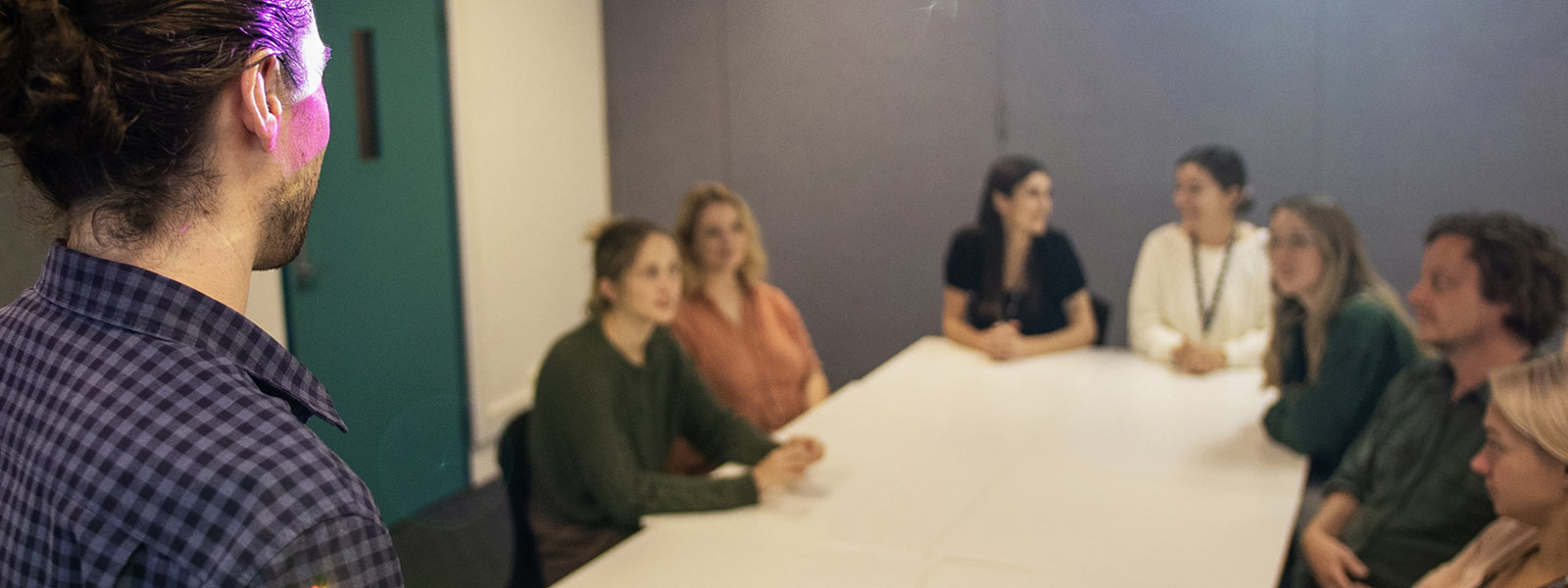
Learning Design and Teaching Innovation
What is it?
Plus/Minus/Interesting (PMI) is an Edward de Bono lateral and creative thinking strategy that prompts students to consider multiple approaches to a topic or issue. This method introduces students to critical thinking by requiring them to consider multiple perspectives on an issue.
Why use it?
The PMI strategy encourages exploration of new ideas and can help students be more open-minded before reaching an informed conclusion. In a group situation the activity allows students to share and build upon ideas. For example, you can use PMI to:
- encourage students to think broadly and suspend judgment before studying a controversial issue
- help students evaluate a text, issue, debate and make informed decisions
- provide a framework for self or peer assessment tasks
How does it work?
You could ask students to respond to a specific statement, policy or case, or a piece of text or a short media clip. Students should spend time thinking about each point or question and can do this either individually or in small groups. Ask students to write down all the pluses (positives), then minuses (negatives) and finally, the interesting points on the topic. Students and groups should share and discuss their ideas under each three categories. If in groups you can ask one group to provide their pluses, then ask the rest of the students to add to those provided, repeating this with another group leading for minuses and interesting points.
Activity
Students draw a table with three columns labelled PLUS, MINUS, INTERESTING and list responses under each category. Students could work individually or in pairs first, and then collaborate on a team response. Students then report back to class to discuss their responses. Alternatively, this activity can be adapted for online delivery. Software solutions that support this activity include Padlet. Create the three columns and provide the link for students to record their responses online, either in a live class or asynchronously.
Acknowledgement
This resource is based on the “Not a waste of space” project materials produced by RMIT University and the University of Melbourne, with the support of the Australian Government Office for Learning and Teaching. Used under a Creative Commons Attribution-ShareAlike 3.0 Unported License. Except where otherwise noted, this content is licensed under a Creative Commons Attribution-ShareAlike 4.0 International License.
The University of Newcastle acknowledges the traditional custodians of the lands within our footprint areas: Awabakal, Darkinjung, Biripai, Worimi, Wonnarua, and Eora Nations. We also pay respect to the wisdom of our Elders past and present.
